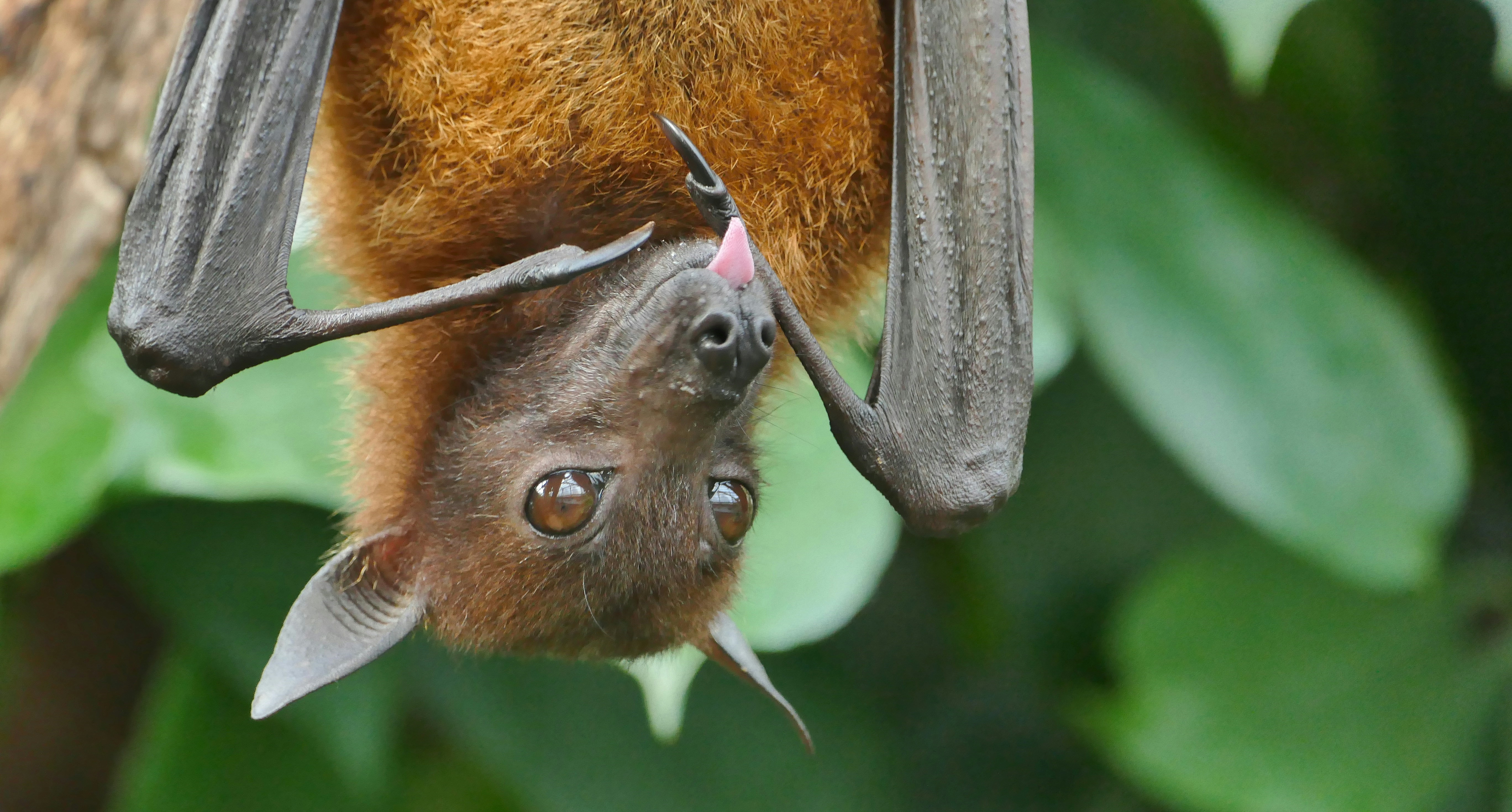Loss of Services
Diverse Roles: Bats play various ecological roles including insect control, pollination, and seed dispersal.
Natural Pest Control: They aid in pest management by consuming vast quantities of insects, reducing reliance on chemical pesticides.
Pollination: Certain bat species contribute significantly to plant pollination, supporting the reproduction of economically important crops.
Seed Dispersal: Bats aid in forest regeneration and plant diversity by dispersing seeds over long distances.
Nutrient Cycling: Guano produced by bats serves as a nutrient-rich fertilizer, benefiting plant growth and soil health 1
Impacts of Losing Bats
Ecological Impacts 2
Bats are essential members of ecosystems globally, found on every continent except Antarctica.
They fulfill crucial ecological roles, promoting biodiversity and ecosystem health.
Bats serve as pollinators for hundreds of plant species, including night-blooming cacti.
Some bat species play significant roles in seed dispersal, aiding in the regeneration of plant populations.
Bats contribute to pest control by consuming large quantities of insects and other arthropods nightly. They consume their entire body weight’s worth of insects in one night.
Their consumption of pests helps regulate insect populations and maintain ecological balance.
Economic and Human Impacts
Bats provide services by pollinating agave (for tequila), wild bananas, and dry eucalyptus forests that provide timber and oil, guavas, and mangoes
Bats have enhanced human knowledge through research into their echolocation. Studies of bat biology and physiology have been beneficial for human technological development. A component in vampire bat saliva is utilized to treat human stroke victims. 3
By eating insects, bats play an important role in pest control for U.S. agriculture, resulting in substantial cost savings. Estimates suggest this service is valued at over 3.7 billion dollars annually, with potential values reaching up to 53 billion dollars per year. However, these estimates do not fully consider the additional benefits bats provide in forest ecosystems, such as reducing insect populations that impact industries like lumber, nor do they account for bats' importance as pollinators for plants and crops. As a result, the true economic value of bats exceeds the estimated 3.7 billion dollars per year. 4
Works Cited
- Ismaili, R. R. R., Ismaili, O. M. R., Khan, M., & Amine, M. A. D. (2023). BATS IN FOCUS: UNVEILING THE CONSERVATION IMPERATIVE AND ECOLOGICAL SIGNIFICANCE. Indian Journal of Scientific Research, 14(1), 63+. https://link-gale-com.library.collin.edu/apps/doc/A770545118/AONE?u=txshracd2497&sid=bookmark-AONE&xid=b9918711
- U.S National Science Foundation. (2012, October 31). The Night Life: Why We Need Bats All the Time--Not Just on Halloween. National Science Foundation. https://new.nsf.gov/news/night-life-why-we-need-bats-all-time-not-just
- U.S Department of Agriculture. (n.d.). Bat Pollination | US Forest Service. USDA Forest Service. https://www.fs.usda.gov/managing-land/wildflowers/pollinators/who-are-the-pollinators/bats
- United States Geological Survey & Soileau, S. C. (n.d.). Why are bats important? | U.S. Geological Survey. USGS.gov. https://www.usgs.gov/faqs/why-are-bats-important
